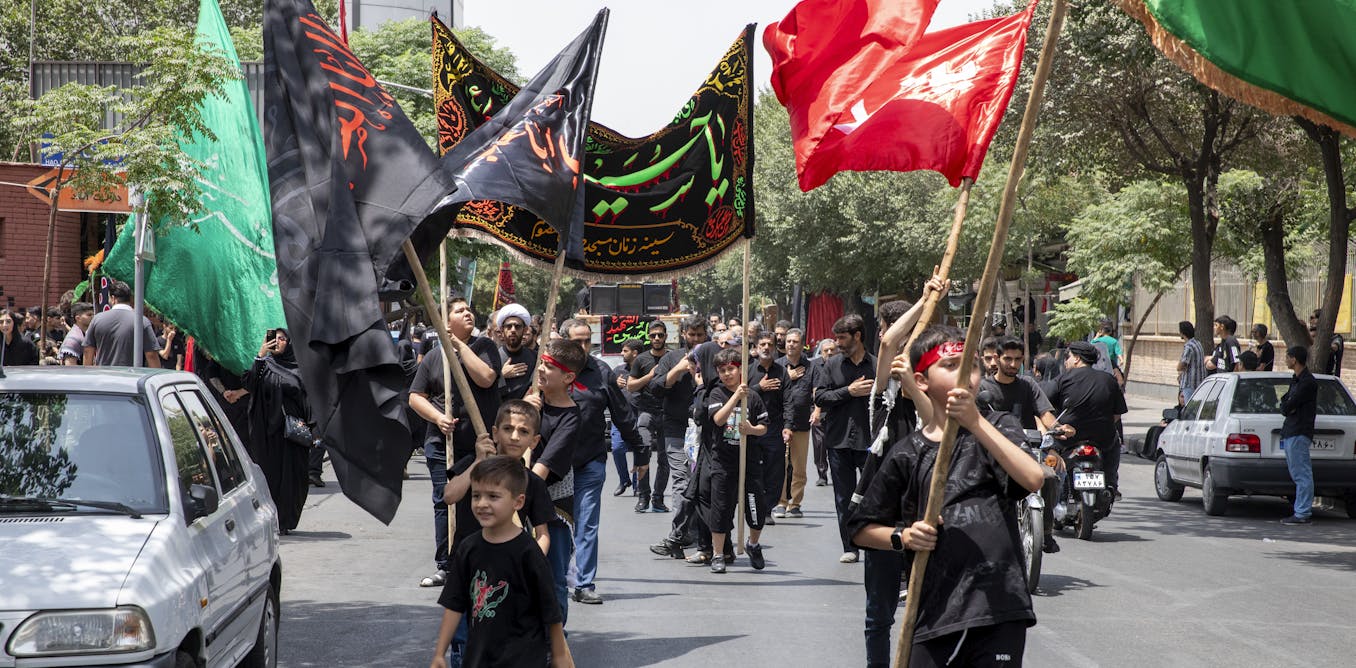
"Twelver Shiism serves as the largest branch within Shiism, the second-largest Islamic tradition, with Iran recognizing it as its official religion, illustrating its political and spiritual significance."
"The marājiʿ al-taqlīd in Twelver Shiism are regarded as the highest-ranking clerics whose authority extends into both religious and political spheres, reflecting the intertwining of faith and governance."
"Rooted in an extensive historical narrative, Twelver Shiism emphasizes a lineage of twelve imams, believed to be guardians of moral and spiritual integrity derived from the Prophet Muhammad's family."
"Cultural traditions of Twelver Shiism manifest richly in art, architecture, and philanthropy, highlighting the community's ethical obligations and the deep connection between spirituality and daily life."
Twelver Shiism is the largest and most significant branch of Shiism in Islam, central to Iran's identity as its official religion. This tradition emphasizes the authority of religious leaders, particularly the highest-ranking clerics known as the marājiʿ al-taqlīd. Notable communities exist in Iraq, Pakistan, and various other countries. Twelver beliefs are grounded in a divinely guided lineage of twelve imams descended from the Prophet's family, influencing everyday life, cultural practices, and ethics. Rituals during occasions like Muḥarram reflect these traditions, underscoring their impact on various cultural expressions and moral responsibilities.
Read at The Conversation
Unable to calculate read time
Collection
[
|
...
]